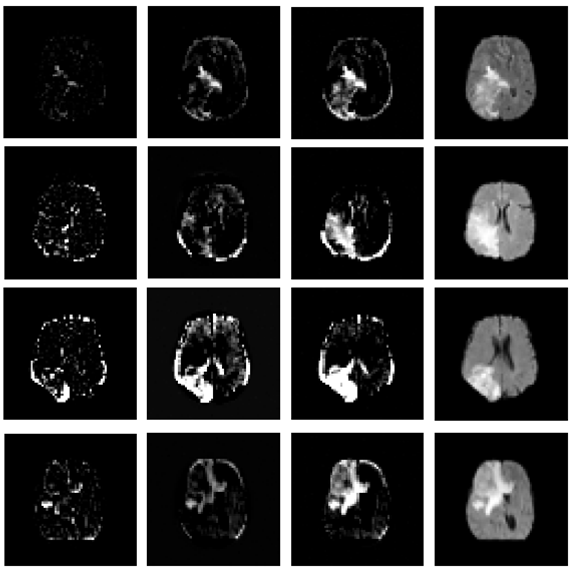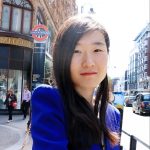
Unsupervised Brain tumor and abnormality detection
Researchers: John Aston, Bin Dai (Tsinghua University), Yu Wang, David Wipf (Microsoft Research Asia)
Our target here is to develop image processing routines that can automatically analyze brain tumor scans. While human hand-engineering labeling is timely and economically expensive, our project seeks feasible unsupervised machine learning remedies for brain tumor segmentation/detection tasks. Based on rigorous mathematical and statistical model validation, we proposed two unsupervised deep learning solutions; iC-VAE (i-conditional variational autoencoder) and RiC-VAE (recurrent i-conditional variational autoencoder). Without requiring any prior human knowledge during the training procedure, the iC-VAE and RiC-VAE are capable of learning directly from dirty training data for the 3 tasks: Brain image denoising, Brain tumor segmentation and Brain image abnormality detection. By “dirty training data”, it means to train the deep neural network blindly with a random mixture of unlabeled healthy brain image and unlabeled brain tumor images (both contaminated by random unknown noise). When compared with the state-of-the-art supervised algorithms, our unsupervised algorithms is free from labeling and is able to achieve very competitive result in regard of tumor detection accuracy. This result has been published in top machine learning conference “Uncertainty in Artificial Intelligence 2017” as a spotlight presentation. Experimental data for training of the proposed VAE models consists of the public benchmark “BRATS2015” Brain tumor dataset and the Vox-tox data respectively from Addenbrooke’s hospital. Extension of this work is currently ongoing, in regard of investigating the over-regularizing nature of VAE algorithms where underfitting the model is potentially possible and theoretically avoidable. The associated theoretical proofs were simultaneously submitted to AISTATS 2018. A longer journal version is now also available for access on arXiv. As far as we know, we are the first research group in developing generative unsupervised deep learning approaches for the specific problem of Brain tumor segmentation using variational approaches. Particularly, our algorithm is not only capable of training from unlabeled noisy data, but also can self-prune irrelevant features from the images, without having to precisely predefine the dimension of the bottleneck feature layer in the deep neural network (DNN).

